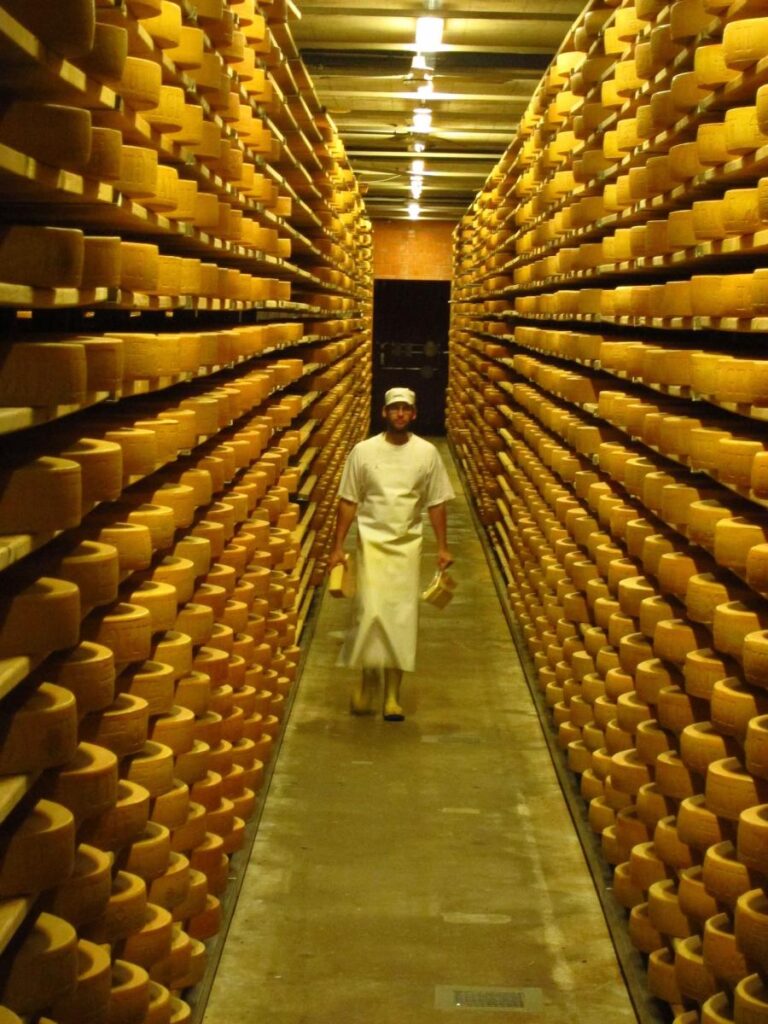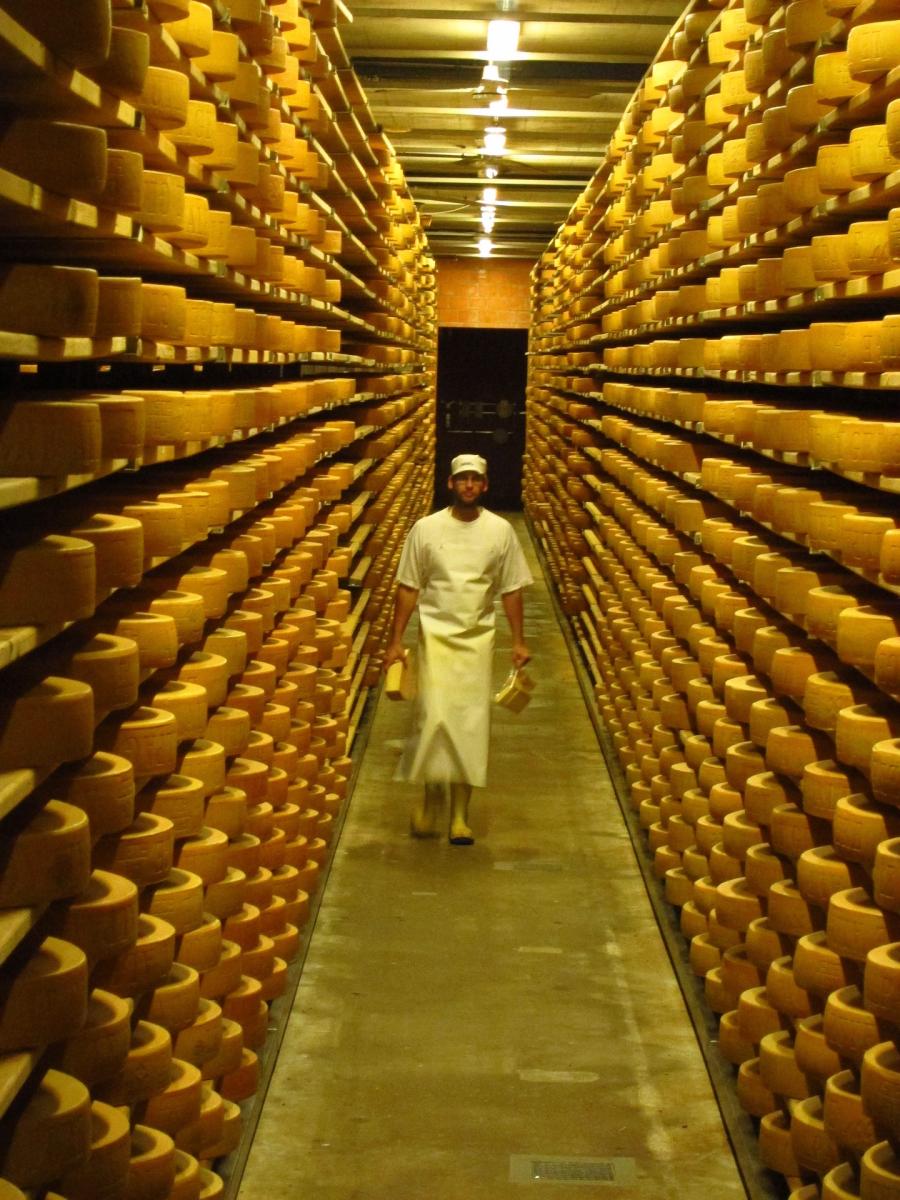Gruyère cheese is a Swiss culinary jewel that has been delighting cheese lovers for centuries.
Known for its distinct flavor and creamy texture, Gruyère is a versatile cheese that can be enjoyed on its own or used in a variety of dishes.
In this article, we will explore the history, production process, flavor profile, and culinary uses of Gruyère cheese, highlighting why it is considered one of the finest cheeses in the world.
The History of Gruyère Cheese
Gruyère cheese takes its name from the town of Gruyères in the canton of Fribourg, Switzerland. The cheese has a long and rich history, dating back to the 12th century.
It was originally made by monks in the region, who used it as a means of preserving milk during the winter months. Over time, the cheese gained popularity and became a staple in Swiss cuisine.
The production of Gruyère cheese was initially limited to the Gruyères region, but it eventually spread to other parts of Switzerland.
Today, Gruyère cheese is protected by an Appellation d’Origine Contrôlée (AOC) designation, which ensures that it is made according to traditional methods and only in specific regions of Switzerland.
The Production Process
The production of Gruyère cheese is a meticulous process that requires skill and expertise. It starts with the collection of fresh, raw milk from cows that graze on the lush alpine pastures of Switzerland. The milk is then heated and mixed with rennet, a natural enzyme that helps coagulate the milk.
Once the milk has coagulated, it is cut into small pieces and heated again. This process helps separate the curds from the whey. The curds are then pressed into molds and left to age for a specific period, usually between three and ten months.
During the aging process, Gruyère cheese develops its distinct flavor and texture. The cheese is regularly turned and brushed with a brine solution to promote the growth of beneficial bacteria and mold. This gives Gruyère its characteristic nutty flavor and firm, yet creamy, texture.
The Flavor Profile of Gruyère Cheese
Gruyère cheese is known for its complex and robust flavor profile. It has a rich, nutty taste with hints of caramel and fruitiness. The cheese also has a slightly salty and tangy undertone, which adds depth to its flavor.
The texture of Gruyère cheese is smooth and creamy, with small, scattered holes throughout. It has a firm yet pliable consistency, making it easy to slice and melt. When melted, Gruyère cheese becomes silky and gooey, making it perfect for fondue and gratins.
Culinary Uses of Gruyère Cheese
Gruyère cheese is a versatile ingredient that can be used in a wide range of dishes. Its distinct flavor and melting properties make it a popular choice for both savory and sweet recipes. Here are some popular culinary uses of Gruyère cheese:
- Fondue: Gruyère cheese is a key ingredient in traditional Swiss fondue. When melted, it creates a smooth and creamy base that is perfect for dipping bread, vegetables, and meats.
- Quiches and Tarts: Gruyère cheese adds a rich and savory flavor to quiches and tarts. It pairs well with ingredients like spinach, mushrooms, and bacon.
- Gratin: Gruyère cheese is often used in gratins, such as potato gratin or cauliflower gratin. Its melting properties create a golden and crispy crust on top.
- Sandwiches: Gruyère cheese can elevate a simple sandwich to a gourmet level. It pairs well with ingredients like ham, turkey, and caramelized onions.
- Cheeseboards: Gruyère cheese is a popular choice for cheeseboards due to its versatility and crowd-pleasing flavor. It pairs well with fruits, nuts, and cured meats.
The Finest Swiss Cheese
Gruyère cheese is truly a Swiss culinary jewel.
Its rich history, meticulous production process, distinct flavor profile, and versatile culinary uses make it one of the finest cheeses in the world.
Whether enjoyed on its own or used in various dishes, Gruyère cheese never fails to impress with its nutty taste and creamy texture.
Get the news first!
So, the next time you come across Gruyère cheese, be sure to savor its unique flavors and appreciate the craftsmanship that goes into creating this Swiss masterpiece.

Make Cheese!
